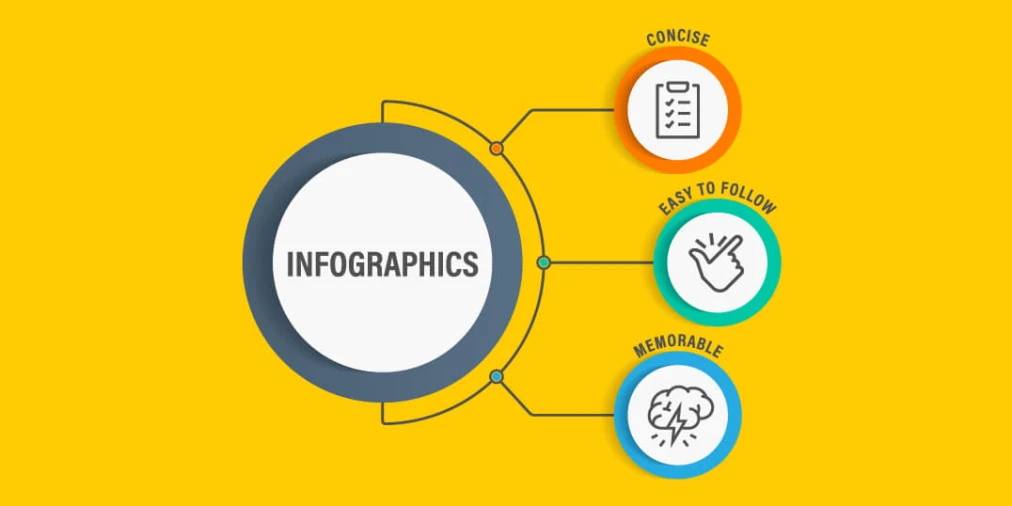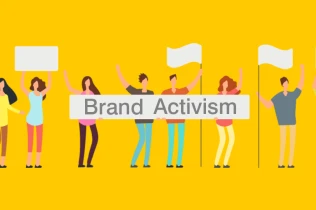Why Choose Infographics?
Created to educate and inform, an infographic uses design rationale to simplify complex data and present it in an easy-to-digest format. Nobody enjoys staring into an endless abyss of statistics – thankfully, an infographic can contextualise information and save us from drowning in a sea of numbers and figures.
The versatility of infographics is what makes them so attractive as a design solution. There are a number of ways to present data, including:
- Timelines
- Flow charts
- Maps
- Graphs
- Diagrams
- Figures
- Side-by side comparisons
- Ordered lists
Take a look at our portfolio to view some of our creative projects







